Crypto + Gaming = The Next Big Digital Revolution
What if you could play games, earn real money, and actually own your in-game items?
Welcome to the world of crypto gaming where blockchain meets entertainment and turns players into stakeholders.
What if you could play games, earn real money, and actually own your in-game items?
Welcome to the world of crypto gaming where blockchain meets entertainment and turns players into stakeholders.
In game development, social features in games are often treated as a nice-to-have — something you toss in after everything else is built. Kind of like an extra skin or bonus level. But what if we flipped that mindset?
What if player interaction in games wasn’t just the cherry on top, but part of the actual cake?
Ethereum’s making headlines again this time with a powerful rally that’s turning heads across both retail and institutional investors.
Up over 80% in just two months, ETH’s climb isn’t just a fluke. It’s being driven by serious fundamentals. From ETF inflows to regulatory shifts, here’s what’s fueling the momentum and why $3,000 might just be the beginning.
Billions in capital. A royal family obsessed with gaming. Government-backed accelerators.
If you’re still overlooking the Middle East in your gaming strategy you’re already behind.
Saudi Arabia, the UAE, and Egypt are flipping the global gaming script. This isn’t a slow burn, it’s a seismic shift happening in real-time.
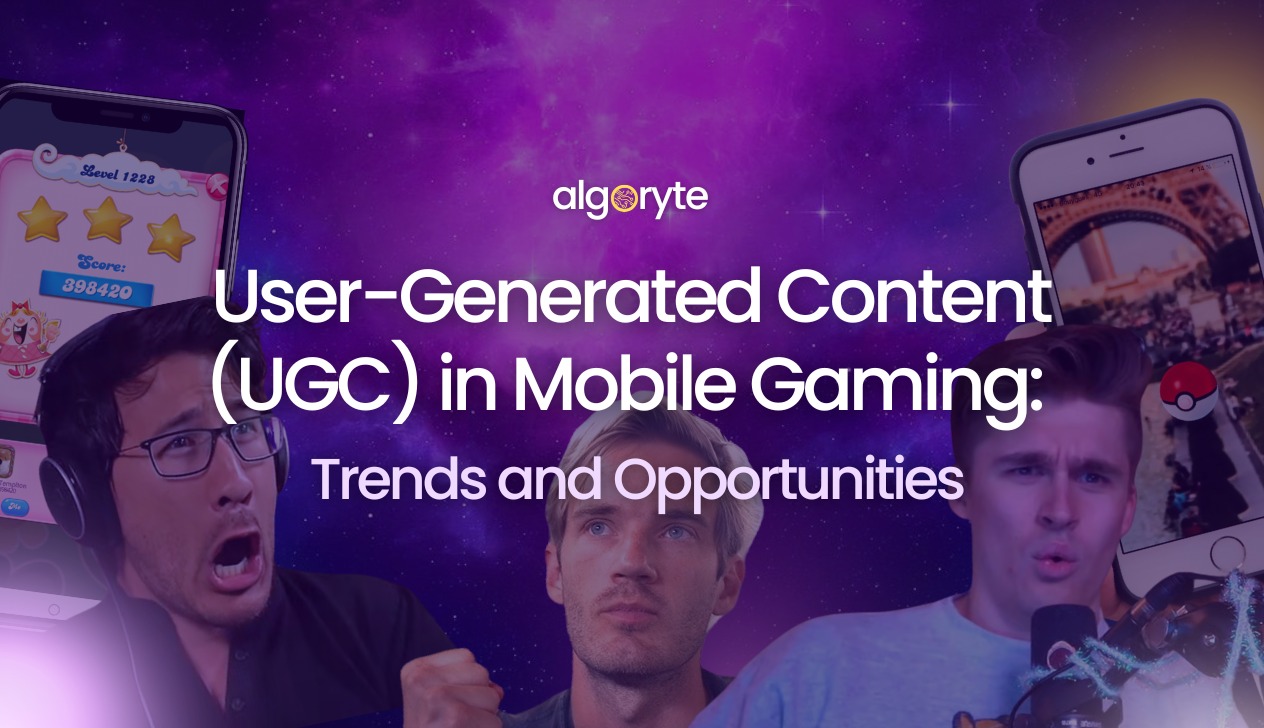
Let’s face it, traditional mobile game ads are getting stale. Players scroll past them like yesterday’s news. But there’s one format still breaking through the noise, grabbing attention, and driving downloads: user-generated content (UGC).
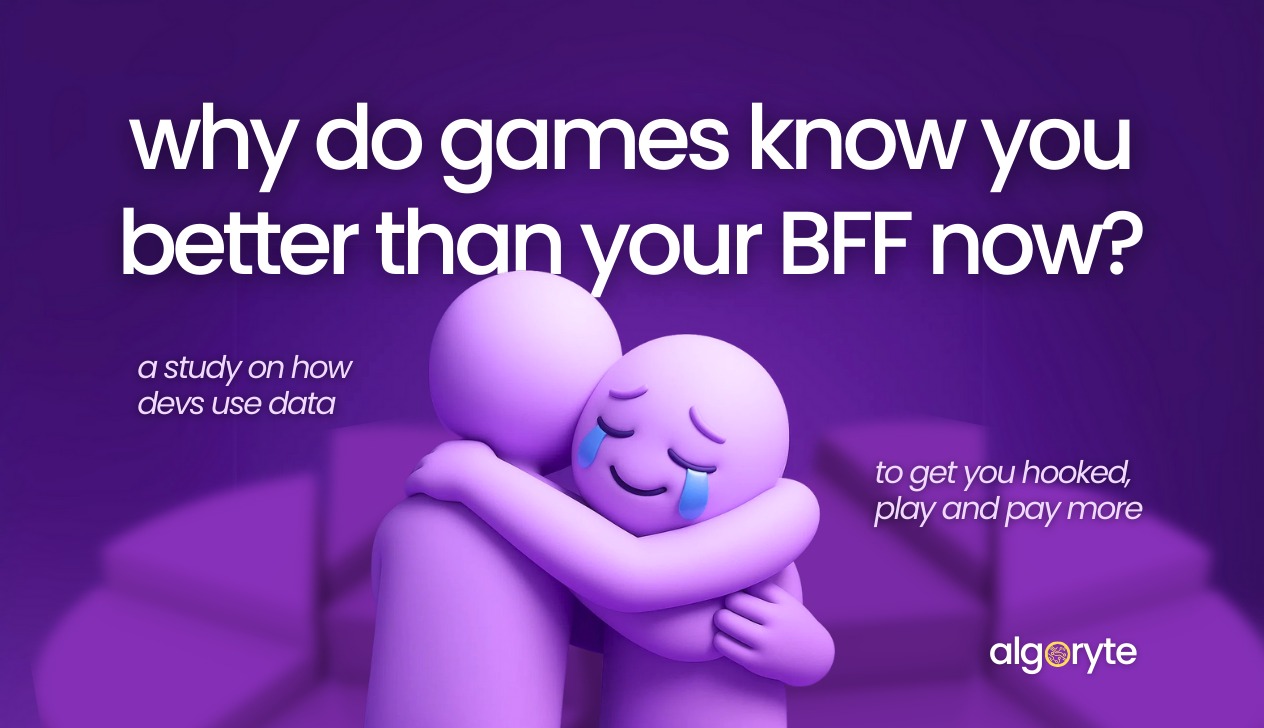
Whether you’re building a cozy farm sim or launching a battle royale beast, data analytics has become your bestie. Why? Because it shows you what players really do, not just what they say.
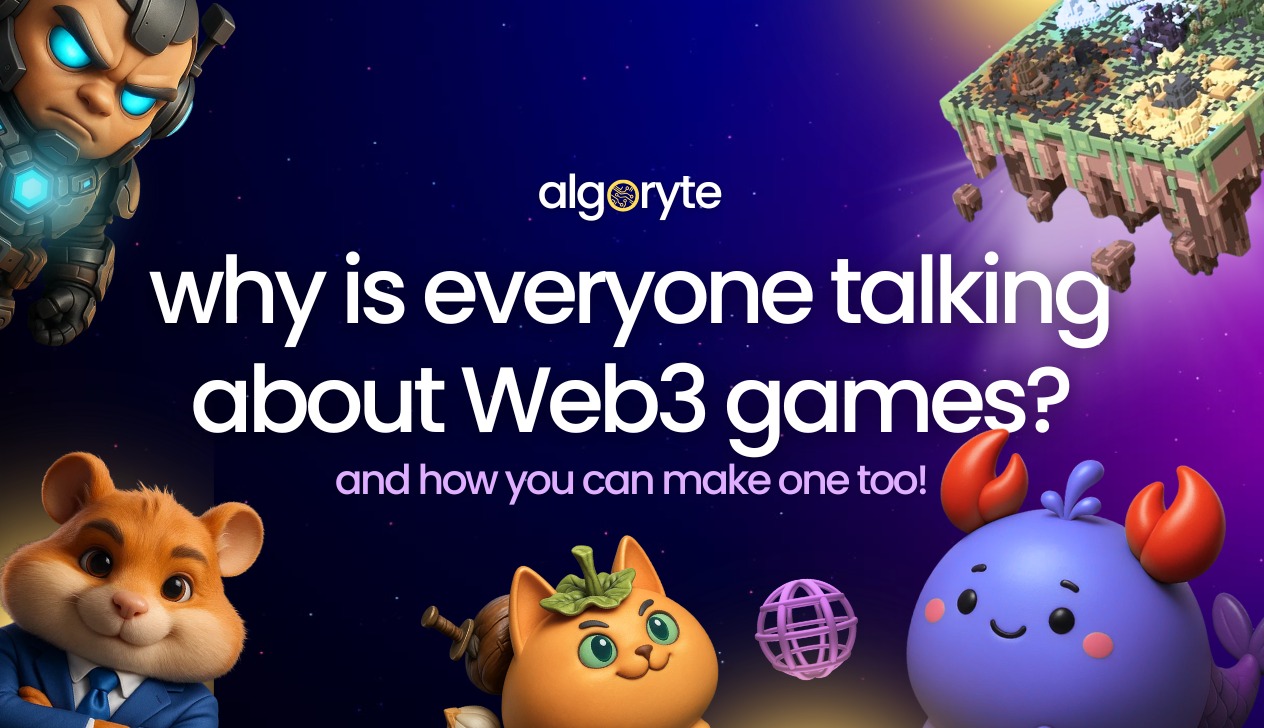
Whether you’re dreaming about NFT cards, play-to-earn RPGs, or some wild metaverse idea that’ll blow minds — you’re in the right place. This guide breaks everything down step-by-step so you can build your very first Web3 game from scratch.
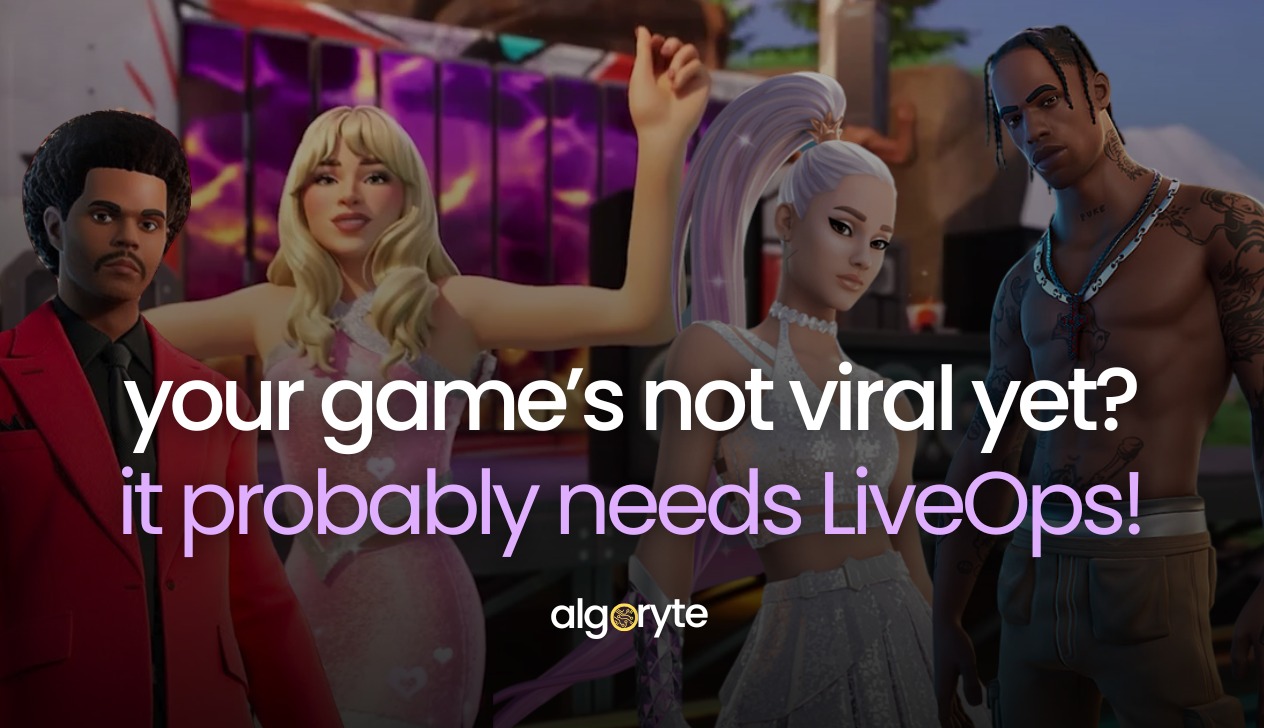
It means you’re not just building gameplay. You’re building experiences that extend far beyond the main loop. And this is where LiveOps becomes your secret weapon.
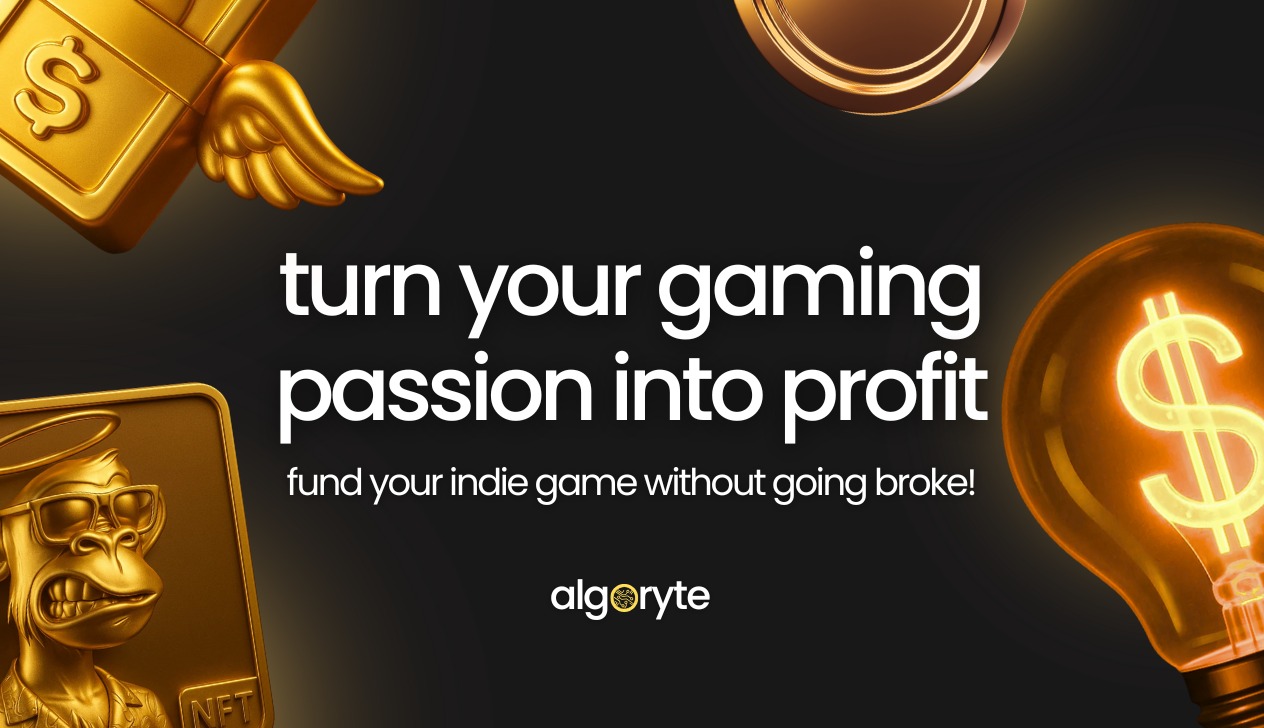
The gaming industry isn’t just thriving—it’s booming. According to Statista, PC video games alone are expected to rake in $467.7 billion by the end of 2025. By 2030, the global market could cross $583 billion. And indie games? They’re no longer underdogs, they’re now serious players in this billion-dollar arena.
But here’s the kicker: turning your game idea into reality takes more than passion. It takes funding. And let’s be real, getting that funding can be the hardest part.
So how do you do it without emptying your savings or selling your soul?